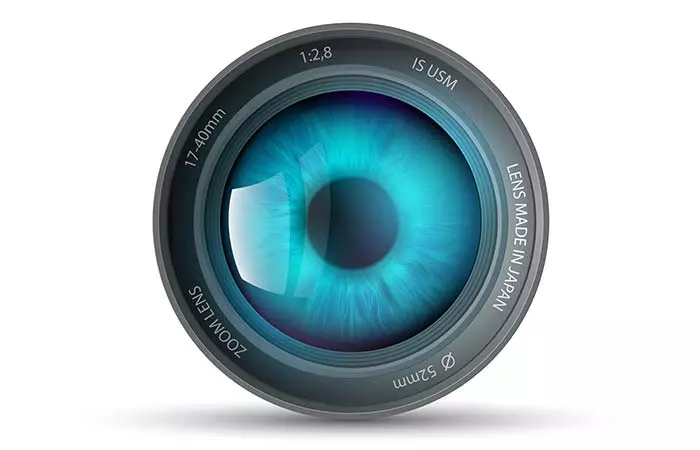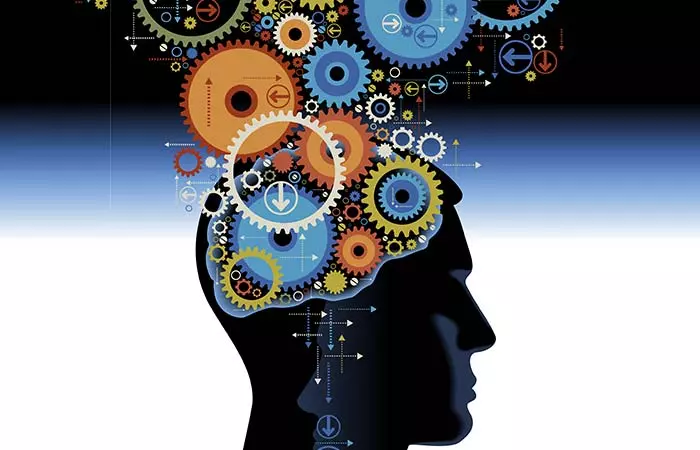10 Surprising Things You Didn’t Know About Your Body
Unlock hidden facts and mysteries inside you that will change how you see yourself forever.

Image: Shutterstock
In today’s day and age, where we compare the performance and capabilities of different electronic devices by the speed of their microprocessors, the number of megapixels in their camera eye, and the amount of memory we can cram in there, we seem to forget that the human body is still the best system ever engineered. Below are 10 amazing facts you probably did not know about your own body
1. Quality Of Images
When we decide to buy a new phone or a camera, one of the first things that come to our minds is to check the quality of the images you can take with that gadget. One way to judge this is by measuring the number of megapixels within the camera eye. And it is obvious that the quality of images you see with your bare eyes is highly superior to any taken by an electronic gadget.
For instance, the front camera on an iPhone has 12 megapixels, while the number of megapixels within the center of our pupils is 126 megapixels.
2. Amount Of Data Captured Within One Second
Recording a 1-second video in the highest quality on the latest iPhone would end up occupying 375 MB of storage space on your phone. A second of our sight could equate to a volume of almost 22 GB in terms of storage space if we were able to memorize each and every little detail we saw for that one second with our eyes.
3. Volume Of Our Memory
Our brain is made up of approximately one billion neurons. A neuron is capable of creating almost 1000 synapses that allow our brain to store data in the form of memories (1). When we take this fact into account, we can calculate the total storage space in our brain.
Assuming that each neuron can store 1 byte of memory, it turns out that our braincan store an astounding 100 TB of data. In comparison, one of the most technologically advanced supercomputers (Titan) has a total system memory space of around 700 TB.
4. Data About Our Body
According to the popular YouTube channel Veritasium, by the end of the year 2025, we will have recorded almost 40 ZB of data about mankind. Compared to this, the amount of data we have recorded about our human body is an astounding 60 ZB.
5. Data About Our Genetic Code
Even though the amount of data we have recorded about our human body exceeds 60 ZB, the entire genetic information of a person occupies only 1.5 GB of memory. This number is very similar to the amount of data Apple’s new operating system (IOS 10) occupies on the iPhone.
6. The Speed With Which Our Brain Processes Information
Our brain is capable of performing over 100,000 chemical reactions every second. When we equate the distance traveled by these impulses in one second, we are able to conclude that our brain’s speed is equivalent to that of the Shanghai Maglev Train. Regarded as one of the fastest trains ever built, the Shanghai Maglev Train is easily capable of achieving speeds of up to 430 km/h, equivalent to 270 miles/h.
7. How The Brain Works
Many people argue that although the brain is extremely complex and superior to any form of AI (artificial intelligence), the drawback is that humans only use around 5% to 10% of their brain. However, this is just a myth. In actuality, we use just 10% of our brain at a time because we only require that amount to complete the task at hand. It is just like a radio. A radio might have more than a hundred channels, but we can only listen to one channel at a time.
8. Efficiency Of The Brain
Our brain utilizes approximately 20W of power to function. To match the performance of our brain, you would require a supercomputer that uses 1.4 MW of power, i.e., almost 70,000 times more.
9. Performance Under Stress
The worst of times bring out the best in you. It is true that our brain is able to function even under a lot of stress. However, the same cannot be said for any man-made device out there. If you instruct your computer to perform too many commands at once, it simply crashes.
10. Type Of Belly Button
Humans have either one of two different types of belly buttons: an innie and an outie. Less than 1% of people in the world have an outie. This type of belly button is also more hygienic since lesser dirt can accumulate within the belly button. However, studies show that people are more attracted towards an innie belly button.
In a world where modern technology and artificial intelligence are lauded, we do not praise the complexity and superiority of the human body enough. You are the ultimate machine.
Read full bio of Chandrama Deshmukh































Community Experiences
Join the conversation and become a part of our empowering community! Share your stories, experiences, and insights to connect with other beauty, lifestyle, and health enthusiasts.